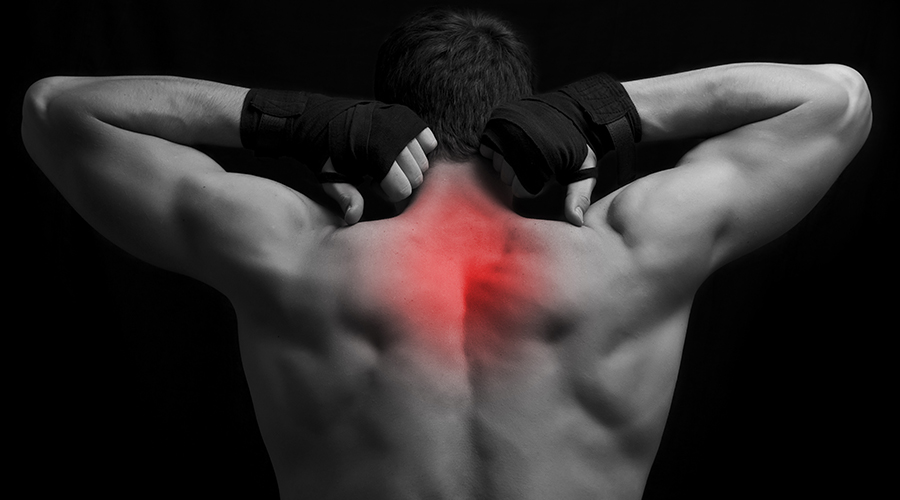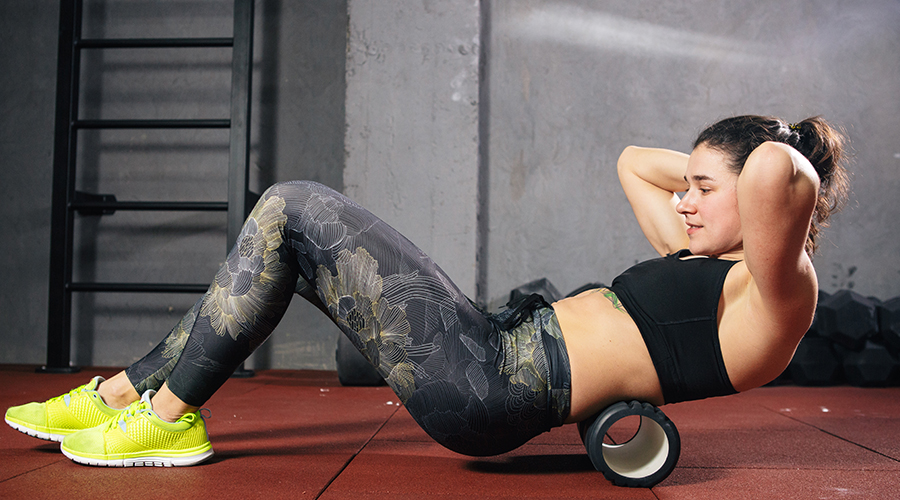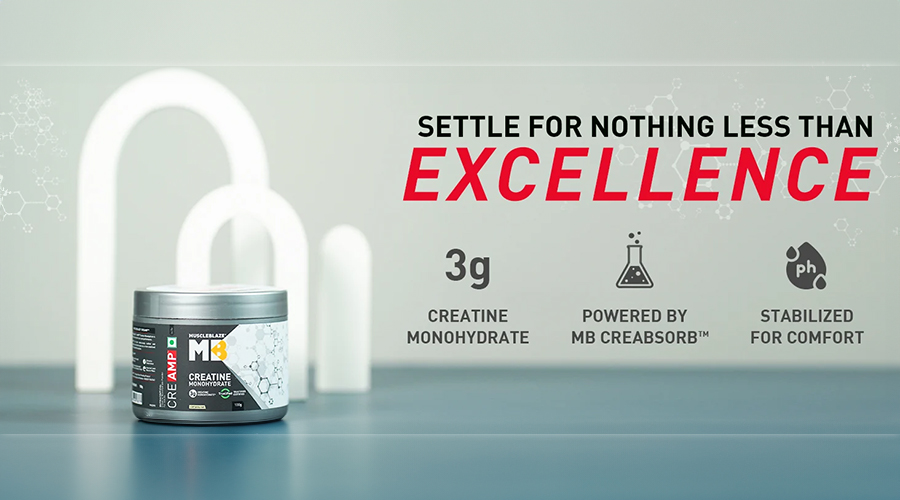What’s the Science Behind Delayed-Onset Muscle Soreness (DOMS)?
3 October 2024
Hello Ziddis! Have you heard of the term DOMS? DOMS or Delayed-Onset Muscle Soreness is a common condition most gym-goers experience when they engage in physical activities that push their muscles beyond the usual limits. It is an uncomfortable and often painful sensation one feels for 24 to 72 hours after an intense workout or trying a new regime. But what is DOMS, what caused it and how to cure it? Let us understand this condition better.
What Causes Delayed-Onset Muscle Soreness?
Understanding the causes of DOMS requires us to understand what happens to our muscles when we exercise. While engaging in physical activities that involve weights, the act of lowering the weights can cause tiny tears in our muscle fibres. These micro tears can cause inflammation and muscle soreness for hours after working out. Now wear and tear is quite a natural part of muscle growth but this sensation can be very disturbing and painful at times.
Delayed-onset muscle soreness can peak within 48 hours of the said intense workout. This should be taken as a sign that the body’s muscles are repairing themselves. The inflammation triggers pain points and causes a sensation of delayed-onset muscle soreness.
What Causes DOMS?
What leads to delayed-onset muscle soreness? There are many factors as culprits.
- Starting a new training
- Increasing the intensity of the current routine
- Losing the practice of working out
- Starting strength-building regime
- Doing an unfamiliar exercise.
Over time, our muscles get used to this and the severity of DOMS starts to reduce with constant and consistent weight training.

Preventing and Managing Delayed-Onset Muscle Soreness
While delayed-onset muscle soreness can’t be entirely avoided, there are several strategies to minimize its intensity and help your muscles recover faster:
1. Proper Warm-Up and Cool-Down
Make sure that you have done your warm-up well before you start exercising. Prepare your body for what is coming. Hop on the treadmill for some light cardio or do some stretches to improve the blood flow to your muscles. This reduces the risk of DOMS. Similarly, to cool down make sure you stretch and relax your muscles
2. Gradual Progression in Exercise
Do not surprise your muscles with more weights, more reps or higher intensity. Make sure your body is prepared for it by progressively increasing the intensity. This reduces the chances of injuries as well.
3. Hydration and Nutrition
Make sure you hydrate yourself. Water and electrolytes are the best fix for tired muscles. What is also a good fix? Right food. A nutritious meal is a way for our body to deal with DOMS and get us back on the grid. Add some multivitamins to your diet to make up for any loose ends. If you want to stay natural there are also ayurvedic alternatives available at MuscleBlaze to recover and reduce inflammation.
4. Foam Rolling and Massage
Foam rollers are all the hypes but sources say they are a great investment to make so that your muscles are relaxed and massaged well. Do pamper yourself with a professional massage once in a while to relax your body to bounce back stronger.
5. Rest
Rest is very important. Do not push yourself when you are not at your best. Make sure to give your body the space and time to heal itself. During this time you can do some yoga, brisk walking or swimming.
Takeaway
Delayed-onset muscle soreness is not a serious matter but your body’s natural response to heavy lifting which it isn’t used to. Muscles go through wear and tear as a part of the process of growth. It can be unconformable and painful but remember to follow all the advice on how to deal with it. It is nothing but your body asking you to rest while it helps to keep you well-functioning. Do not panic and neither try to push yourself if you experience any discomfort in your muscles. Listen to your body and your body will pay you back with good health. So the next time you feel sore after a workout, remember that it’s part of the process—your muscles are getting stronger!









 100% Safe & Secure payments:
100% Safe & Secure payments:




